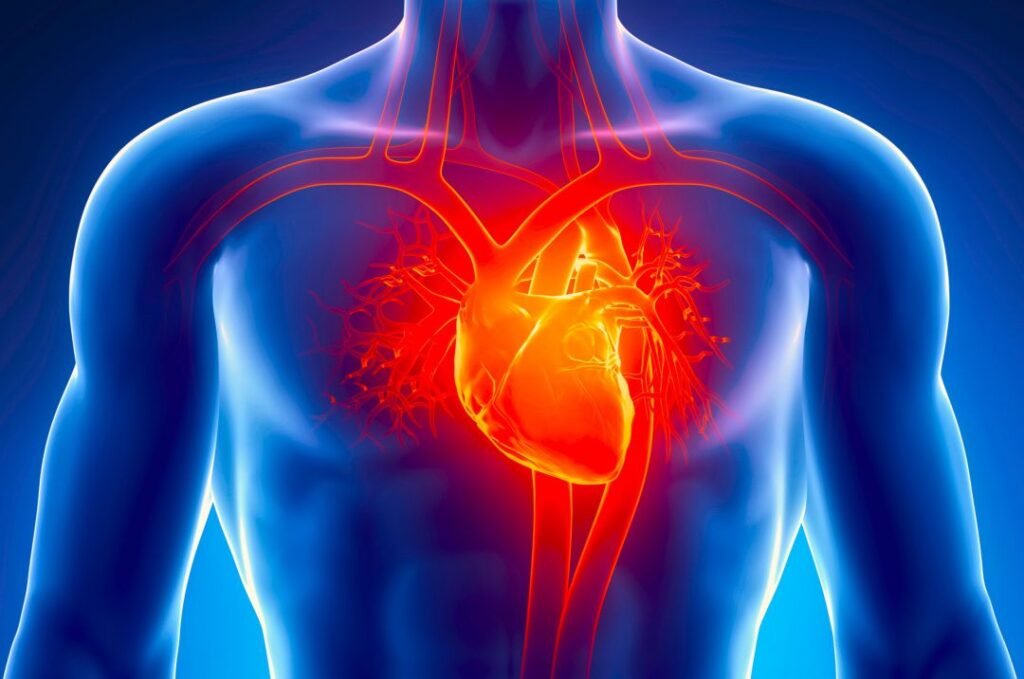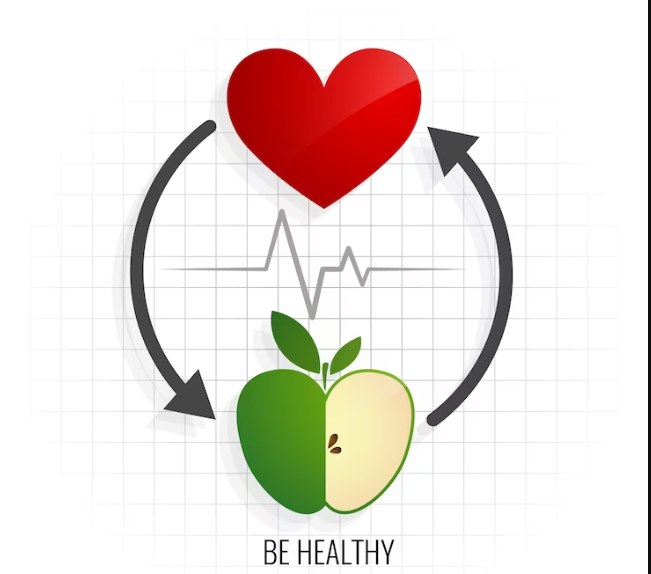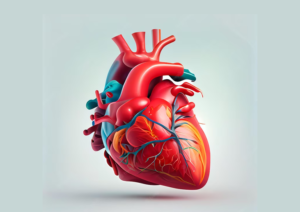Cardiac catheterization is a valuable diagnostic and therapeutic procedure used in the management of stable coronary artery disease (CAD). This minimally invasive technique provides several benefits for patients with CAD, allowing for accurate diagnosis, treatment, and improved quality of life.
| This article is medically reviewed by Dr Harcharanjit Singh Randhawa |
In this article, we will explore the advantages of cardiac catheterization and how it contributes to the management of stable coronary artery disease.

1. Introduction to Cardiac Catheterization
Cardiac catheterization, also known as coronary angiography, is a procedure performed by interventional cardiologists to visualize the coronary arteries and assess their blood flow.
It involves the insertion of a thin, flexible tube (catheter) into a blood vessel, usually in the groin or wrist, and threading it up to the heart. Contrast dye is then injected through the catheter, allowing the cardiologist to visualize the coronary arteries using X-ray imaging.
2. Diagnosis of Stable Coronary Artery Disease
Cardiac catheterization plays a crucial role in the diagnosis of stable coronary artery disease.
It helps identify the presence and extent of blockages or narrowing in the coronary arteries, which supply oxygen-rich blood to the heart muscle. By visualizing the arteries, cardiologists can determine the severity of CAD and develop appropriate treatment strategies.
3. Precise Assessment of Coronary Anatomy
Cardiac catheterization provides a detailed assessment of the coronary anatomy, enabling cardiologists to identify the location, size, and severity of any blockages or plaques.
This information is crucial in determining the most suitable treatment approach, whether it involves medication, percutaneous coronary intervention (PCI), or coronary artery bypass grafting (CABG).
4. Guiding Interventional Procedures
One of the key benefits of cardiac catheterization is its ability to guide interventional procedures.
During the procedure, interventional cardiologists can perform additional interventions if necessary, such as angioplasty and stent placement. These interventions can help open narrowed or blocked arteries, restoring blood flow to the heart and relieving symptoms.
5. Minimally Invasive Approach
Compared to traditional open-heart surgeries, cardiac catheterization offers a minimally invasive approach. It requires only a small incision at the site of catheter insertion, resulting in less pain, reduced risk of complications, and faster recovery times.
Patients undergoing cardiac catheterization can often return home the same day or within a short hospital stay.
6. Reducing the Need for Invasive Surgeries
By providing a precise assessment of coronary anatomy and guiding interventional procedures, cardiac catheterization has the potential to reduce the need for invasive surgeries such as coronary artery bypass grafting.
This minimizes the risks associated with major surgeries and allows patients to receive effective treatment with less invasive techniques.
7. Immediate Symptom Relief
Cardiac catheterization can provide immediate symptom relief for patients with stable coronary artery disease. By identifying and treating blockages or narrowing in the coronary arteries, blood flow to the heart muscle can be restored, alleviating symptoms such as chest pain (angina) and shortness of breath.
This improvement in symptoms enhances the overall well-being and comfort of patients.
8. Improved Quality of Life

Cardiac catheterization contributes to an improved quality of life for individuals with stable coronary artery disease. By effectively diagnosing and treating blockages, it helps patients regain their ability to engage in physical activities without experiencing limitations imposed by their condition.
Improved blood flow to the heart reduces the risk of complications and allows individuals to lead a more active and fulfilling life.
9. Enhanced Risk Stratification
Cardiac catheterization assists in enhanced risk stratification for patients with stable coronary artery disease. By accurately assessing the severity and extent of coronary artery blockages, cardiologists can determine the level of risk associated with the disease.
This information is crucial for determining the appropriate treatment plan and identifying individuals who may benefit from additional interventions or aggressive risk factor modification.
10. Customized Treatment Planning
With the detailed information provided by cardiac catheterization, cardiologists can develop customized treatment plans for patients with stable coronary artery disease.
The procedure allows for precise identification of the specific areas requiring intervention, enabling the cardiologist to tailor the treatment approach accordingly.
This individualized approach ensures that patients receive the most appropriate and effective treatments for their condition.
11. Long-Term Monitoring and Follow-up
Following cardiac catheterization, patients with stable coronary artery disease can benefit from long-term monitoring and follow-up care. Regular check-ups and evaluations allow cardiologists to assess the progress of the disease, monitor the effectiveness of treatments, and make any necessary adjustments.
This ongoing care ensures that patients receive continuous support and optimal management of their condition.
12. Advancements in Cardiac Catheterization Techniques
Advancements in cardiac catheterization techniques have further enhanced its benefits for patients with stable coronary artery disease.
The introduction of newer imaging technologies and equipment, such as intravascular ultrasound (IVUS) and optical coherence tomography (OCT), enables even more precise visualization of the coronary arteries.
These advancements contribute to improved accuracy in diagnosis and treatment planning.
13. Risks and Complications
While cardiac catheterization is generally safe, there are potential risks and complications associated with the procedure. These may include bleeding at the catheter insertion site, allergic reactions to the contrast dye, blood vessel damage, infection, or rare complications such as heart attack or stroke.
However, the overall risk is relatively low, and the benefits of cardiac catheterization outweigh the potential risks for appropriately selected patients.
14. Conclusion
In conclusion, cardiac catheterization offers numerous benefits for patients with stable coronary artery disease. It serves as a valuable diagnostic tool, providing precise assessment of coronary anatomy and guiding interventional procedures.
The procedure offers immediate symptom relief, improved quality of life, enhanced risk stratification, and customized treatment planning.
With advancements in techniques and equipment, cardiac catheterization continues to evolve as an effective and minimally invasive approach for managing stable coronary artery disease. For more Health And Fitness
15. Frequently Asked Questions (FAQs)
Q1: Is cardiac catheterization painful ?
A: Cardiac catheterization is performed under local anesthesia, so you will not feel pain during the procedure. However, you may experience some pressure or discomfort at the catheter insertion site.
Q2: How long does a cardiac catheterization procedure take ?
A: The duration of the procedure varies, but it usually takes around 30 minutes to an hour. However, you should expect to spend several hours at the hospital for pre-procedure preparations and post-procedure recovery.
Q3: Are there any restrictions after cardiac catheterization ?
A: Your doctor will provide specific instructions, but generally, you should avoid strenuous activities and heavy lifting for a few days after the procedure. Follow the advice of your doctor and take all prescribed medicinal products as instructed.
Q4: Can cardiac catheterization cure coronary artery disease ?
A: Cardiac catheterization itself does not cure coronary artery disease. However, it provides valuable information for treatment planning and can effectively alleviate symptoms and improve outcomes when combined with appropriate interventions and lifestyle modifications.
Q5: How often should I have follow-up appointments after cardiac catheterization ?
A: The frequency of follow-up appointments depends on your individual condition and treatment plan. Your doctor will schedule regular check-ups to monitor your progress, evaluate the effectiveness of treatments, and make any necessary adjustments.



